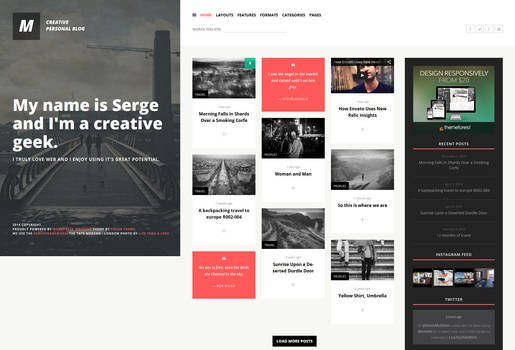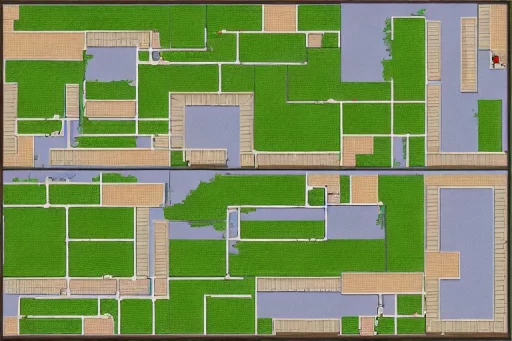WebGL (Web Graphics Library) has revolutionized the landscape of HTML5 game development by enabling hardware-accelerated 3D graphics directly within web browsers. This technology, integrated into modern browsers, allows developers to create visually stunning and complex games without the need for external plugins. In this article, we’ll explore the role of WebGL in modern HTML5 game development, its advantages, and how it’s transforming the gaming experience on the web.
1. Introduction to WebGL
What is WebGL?
WebGL is a JavaScript API that enables rendering of interactive 2D and 3D graphics within any compatible web browser. It is based on OpenGL ES (Embedded Systems), a subset of the OpenGL specification that is used in many mobile and embedded systems.
How Does WebGL Work?
WebGL operates as a low-level graphics API that interfaces with the GPU (Graphics Processing Unit) to accelerate rendering. It provides a set of functions and commands that allow developers to draw and animate complex scenes using shaders and graphics pipelines.
2. Advantages of WebGL in HTML5 Game Development
2.1. Cross-Platform Compatibility
One of the most significant advantages of WebGL is its cross-platform nature. WebGL applications run directly in the browser, making them accessible on various devices, including desktops, laptops, smartphones, and tablets. This eliminates the need for separate versions of a game for different platforms, simplifying the development process and broadening the potential audience.
2.2. Hardware Acceleration
WebGL leverages the power of the GPU to render graphics, allowing for high-performance 3D rendering and smooth animations. This hardware acceleration is crucial for creating visually intensive games, as it enables more complex scenes and higher frame rates compared to software-based rendering.
2.3. Rich Graphics and Visual Effects
WebGL supports advanced graphical features such as lighting, shading, reflections, and textures. Developers can create realistic environments, dynamic lighting effects, and detailed textures, enhancing the visual quality of games. This level of graphical fidelity was previously only achievable in standalone applications or through plugins like Flash.
2.4. Interactivity and Real-Time Rendering
WebGL allows for real-time rendering, which means that graphics can be dynamically updated based on user input or game state changes. This capability is essential for interactive games, where the environment must respond immediately to player actions.
3. WebGL in Modern Game Development
3.1. Popular Game Engines and Frameworks
Several popular game engines and frameworks support WebGL, making it easier for developers to create HTML5 games with advanced graphics:
- Three.js: A powerful JavaScript library that simplifies the creation of 3D graphics with WebGL. It provides abstractions for common 3D tasks, such as creating scenes, loading models, and applying effects.
- Babylon.js: Another robust engine for building 3D games and visualizations. Babylon.js offers a comprehensive set of tools for rendering, physics, and animation.
- PlayCanvas: A full-featured game engine that supports collaborative development and real-time editing. It includes tools for asset management, scripting, and rendering.
3.2. Use Cases and Game Genres
WebGL is versatile and can be used for a wide range of game genres, including:
- First-Person Shooters (FPS): With realistic environments and complex interactions, FPS games benefit greatly from WebGL’s capabilities.
- Role-Playing Games (RPGs): WebGL enables the creation of detailed fantasy worlds with rich environments and intricate character designs.
- Puzzle and Casual Games: Even simpler games can benefit from WebGL’s ability to create smooth animations and visually appealing graphics.
3.3. Integration with Other Web Technologies
WebGL can be seamlessly integrated with other web technologies, such as HTML5, CSS3, and WebSockets, to create immersive and interactive experiences. For example, WebGL can be used alongside Web Audio API for spatial sound effects, or with WebRTC for multiplayer gaming.
4. Challenges and Considerations
4.1. Performance Optimization
While WebGL offers powerful graphics capabilities, developers must be mindful of performance optimization. Efficient use of resources, such as minimizing draw calls and optimizing textures, is crucial to maintaining high frame rates and preventing lag, especially on lower-end devices.
4.2. Compatibility and Browser Support
While WebGL is widely supported in modern browsers, there can still be compatibility issues, particularly with older devices or less common browsers. Developers should test their games across different platforms and browsers to ensure a consistent experience.
4.3. Security Concerns
As with any web technology, security is a concern. Developers must implement proper security measures, such as sanitizing user input and handling data securely, to protect users from potential vulnerabilities.
5. Future of WebGL and HTML5 Gaming
Continued Evolution and Advancements
WebGL continues to evolve, with WebGL 2.0 offering enhanced features like improved shaders, multiple render targets, and more efficient texture handling. These advancements are pushing the boundaries of what’s possible in web-based gaming, bringing the quality closer to that of traditional console and PC games.
Virtual and Augmented Reality
WebGL, combined with WebXR (Web Extended Reality), is paving the way for immersive virtual and augmented reality experiences in the browser. This opens up new possibilities for game developers to create engaging and innovative experiences.
Conclusion
WebGL has become a cornerstone of modern HTML5 game development, providing the tools needed to create high-quality, immersive games directly in the browser. Its cross-platform compatibility, hardware acceleration, and rich graphical capabilities make it an invaluable asset for developers. As WebGL continues to advance, we can expect to see even more impressive and innovative games on the web, pushing the limits of what’s possible in browser-based gaming.




